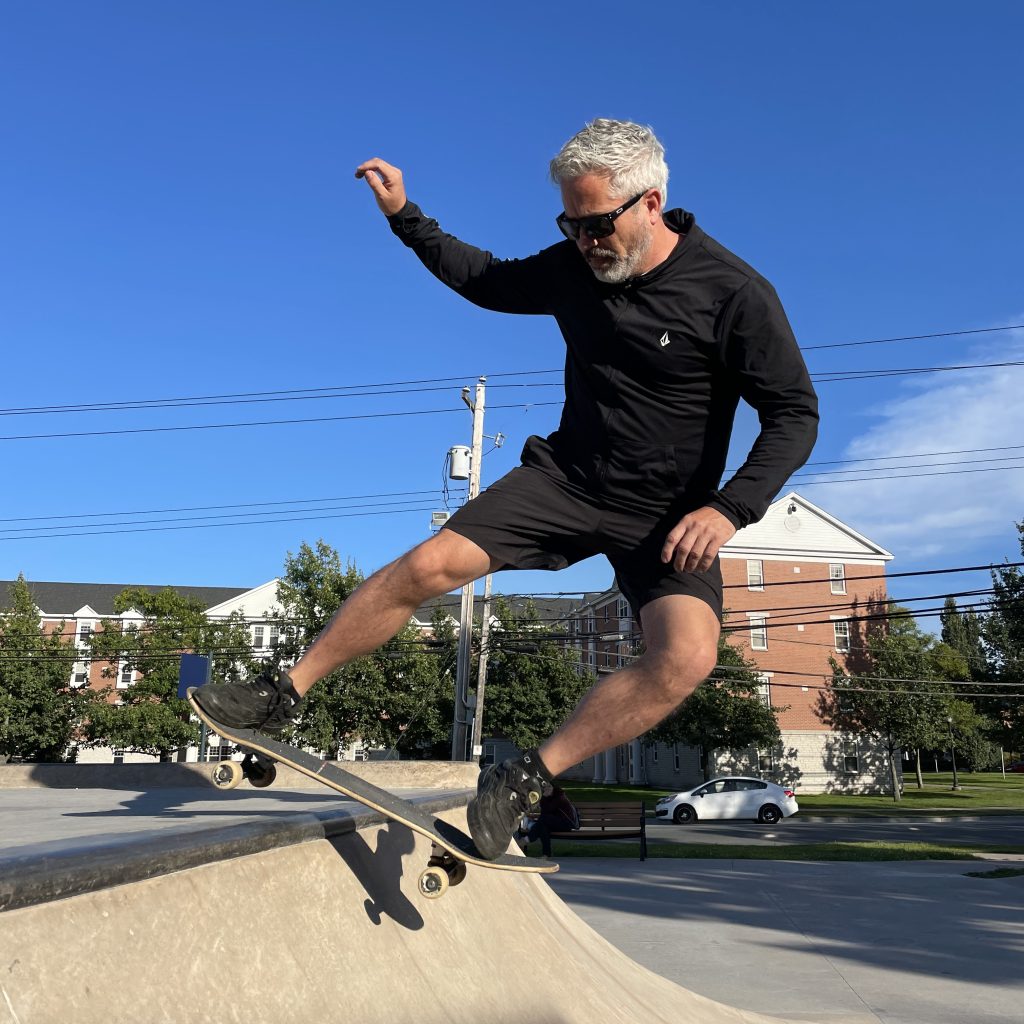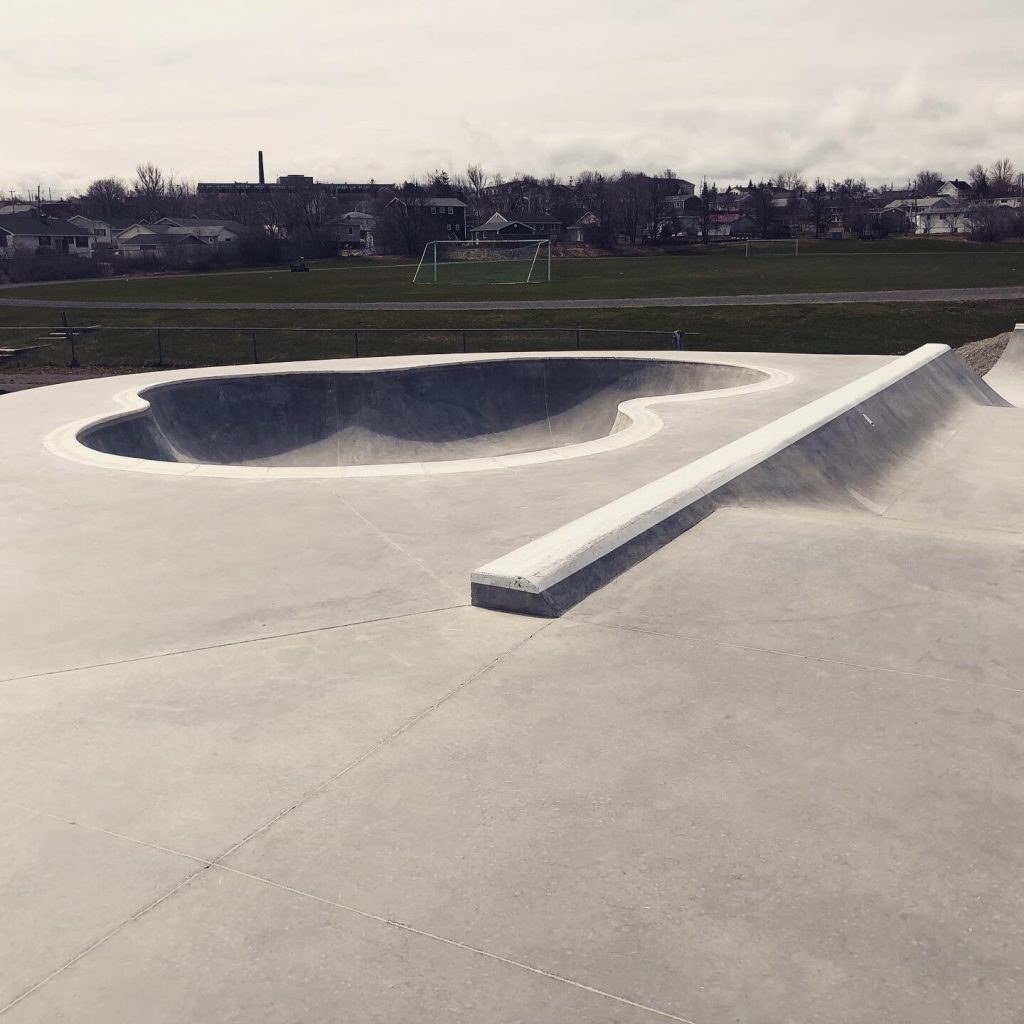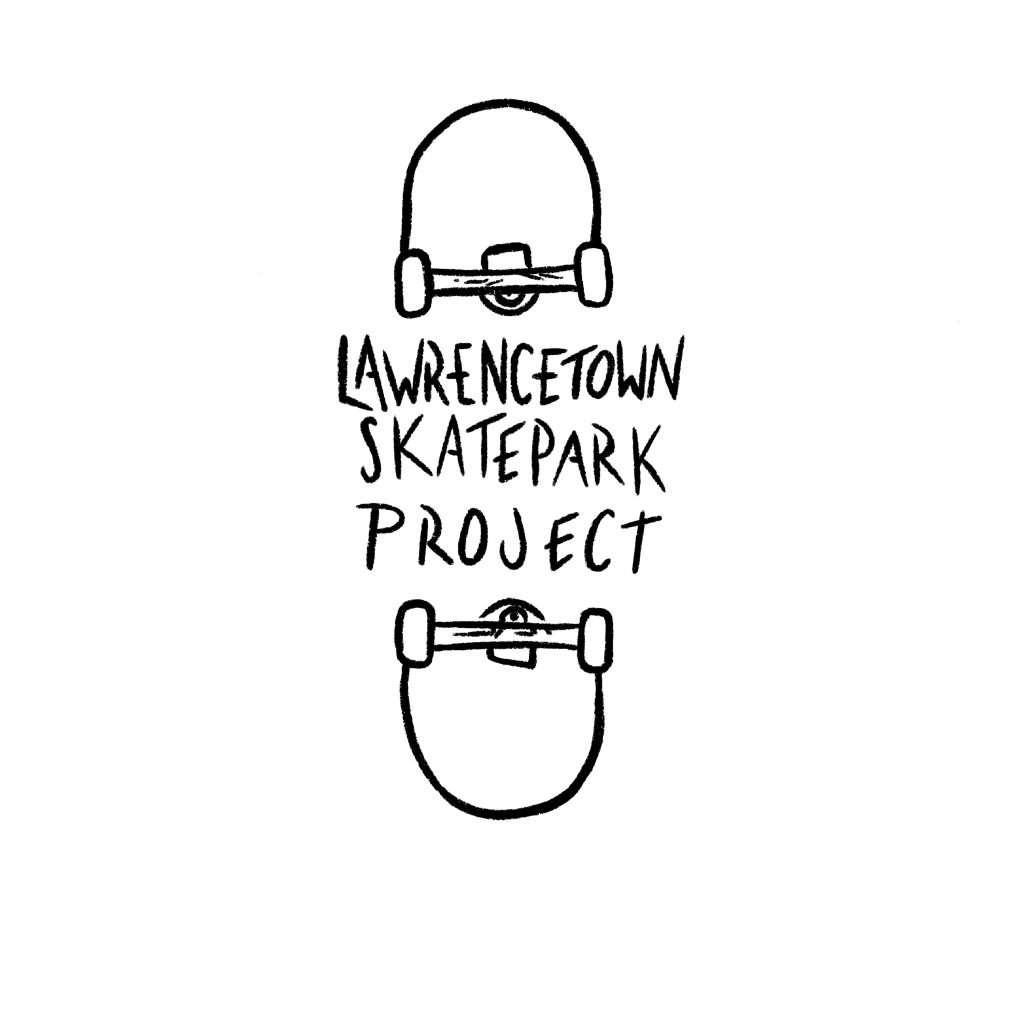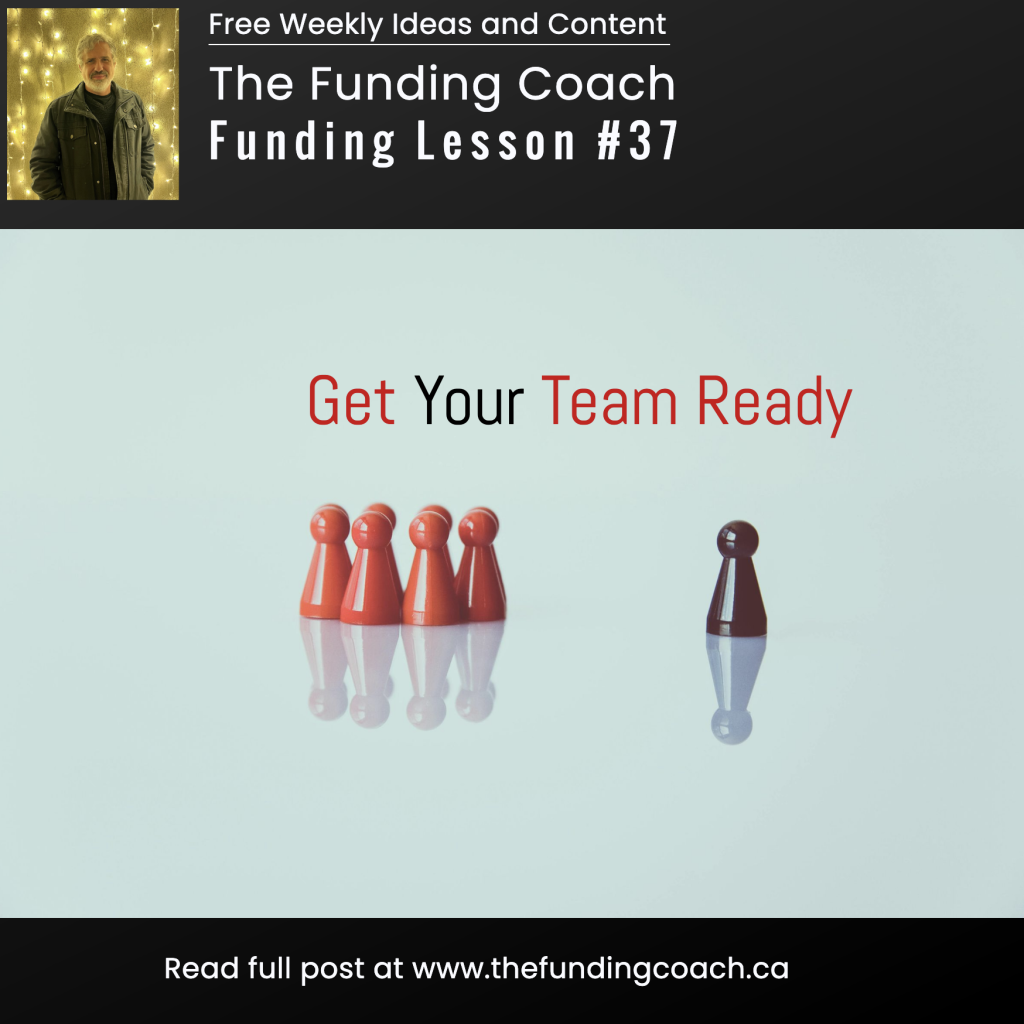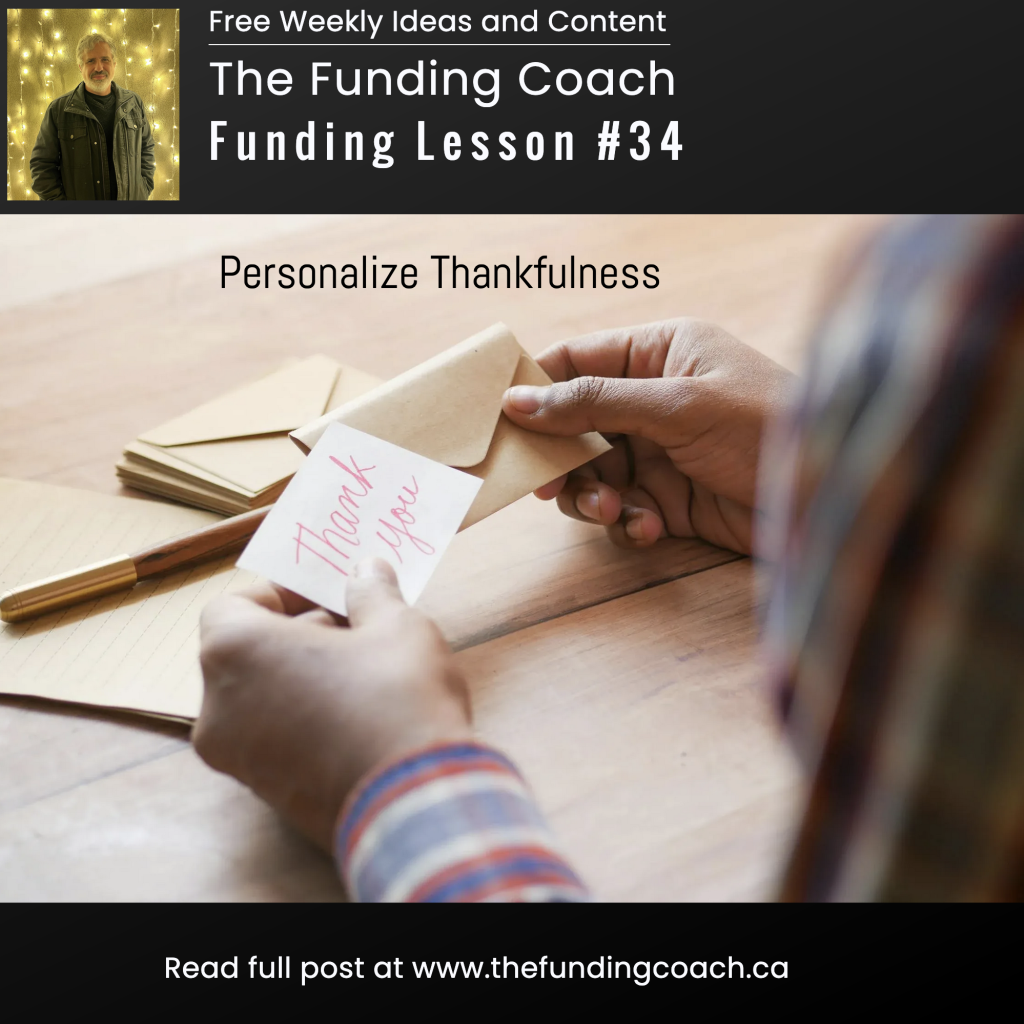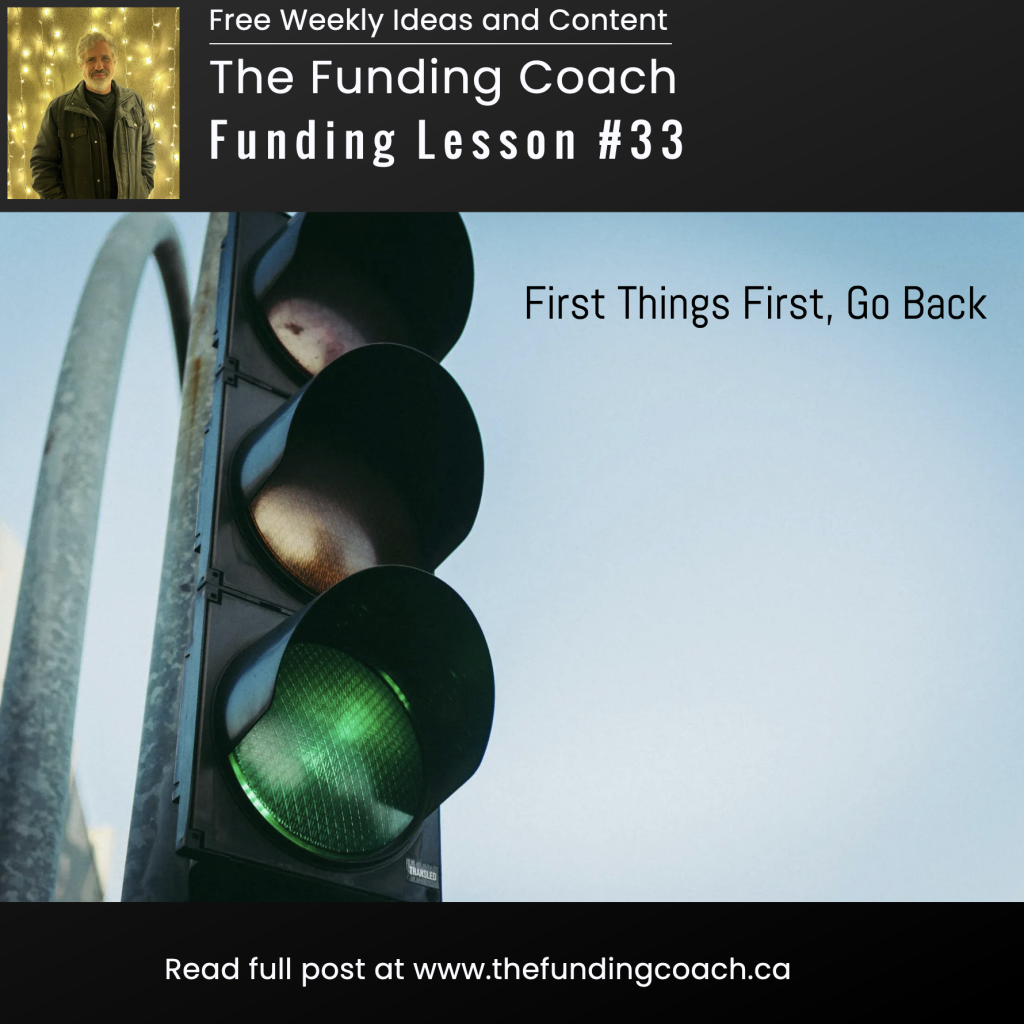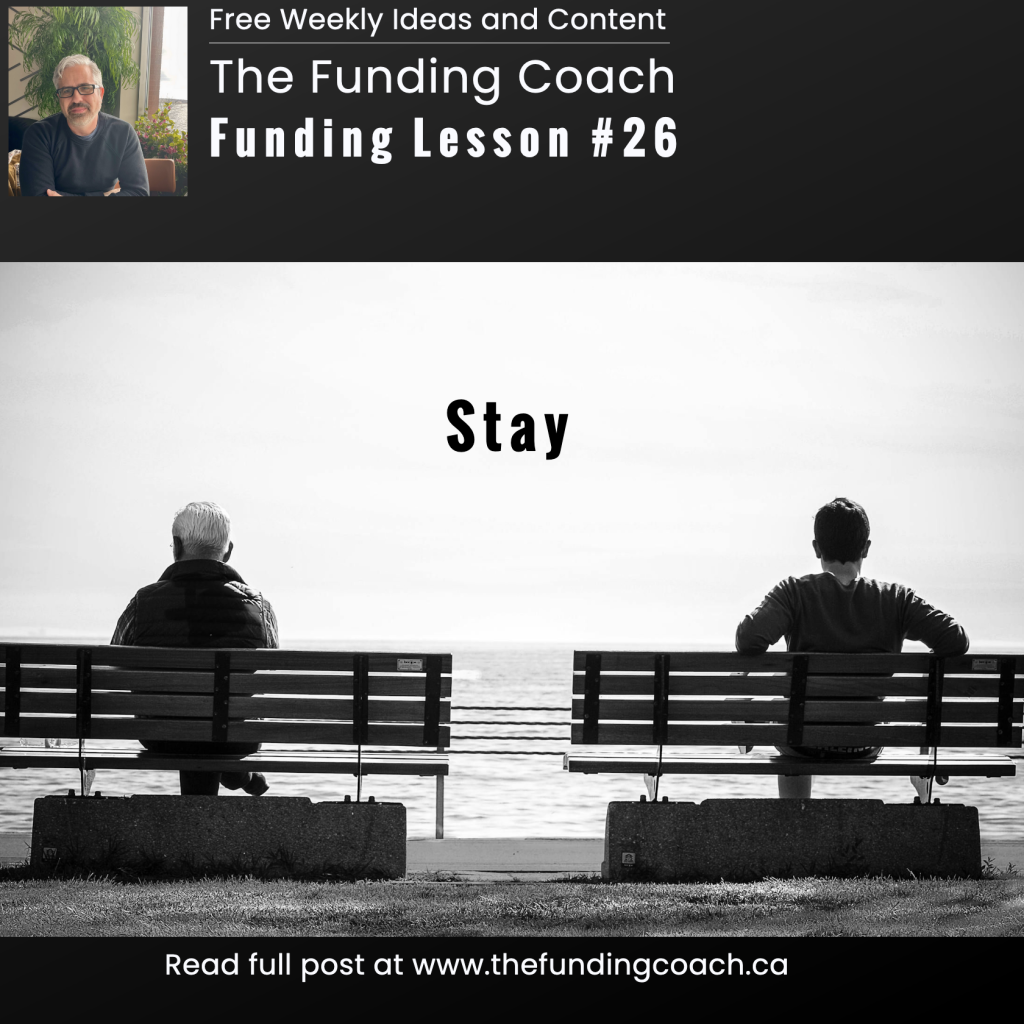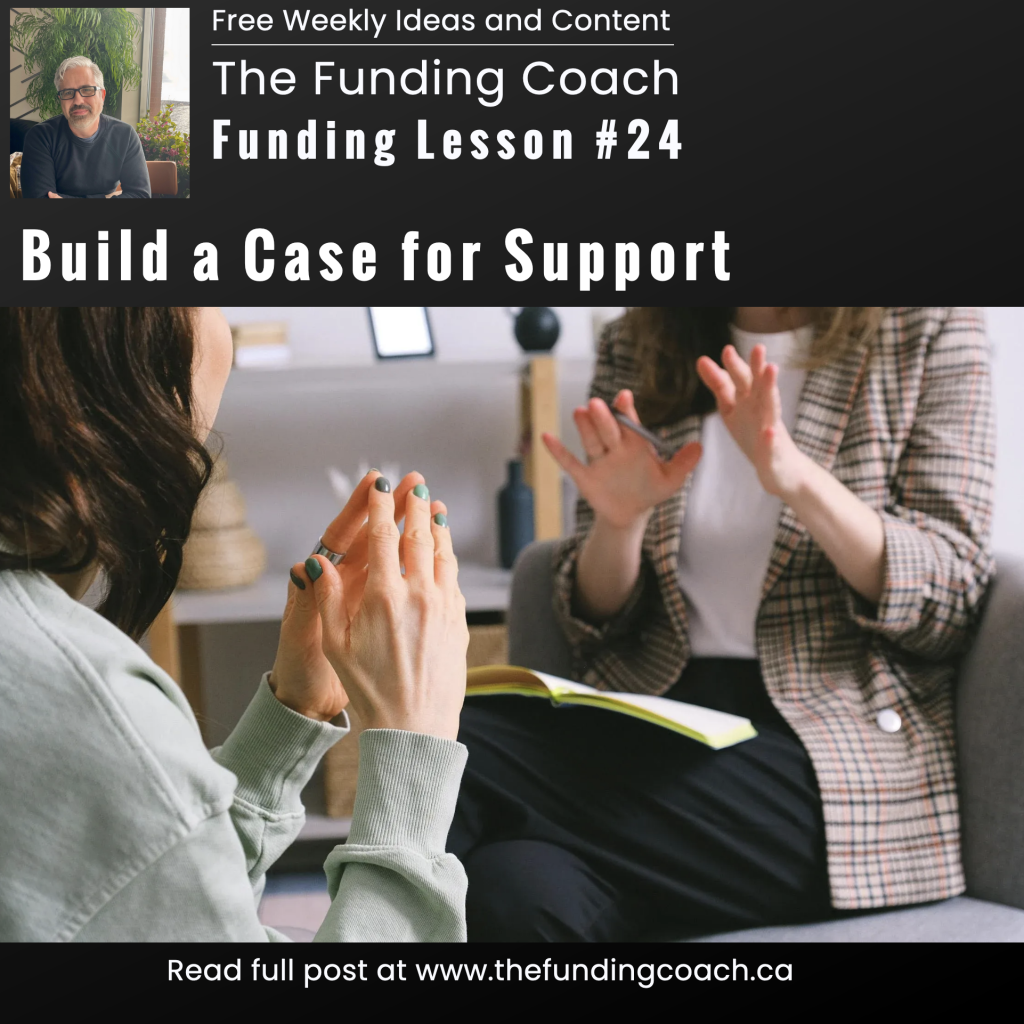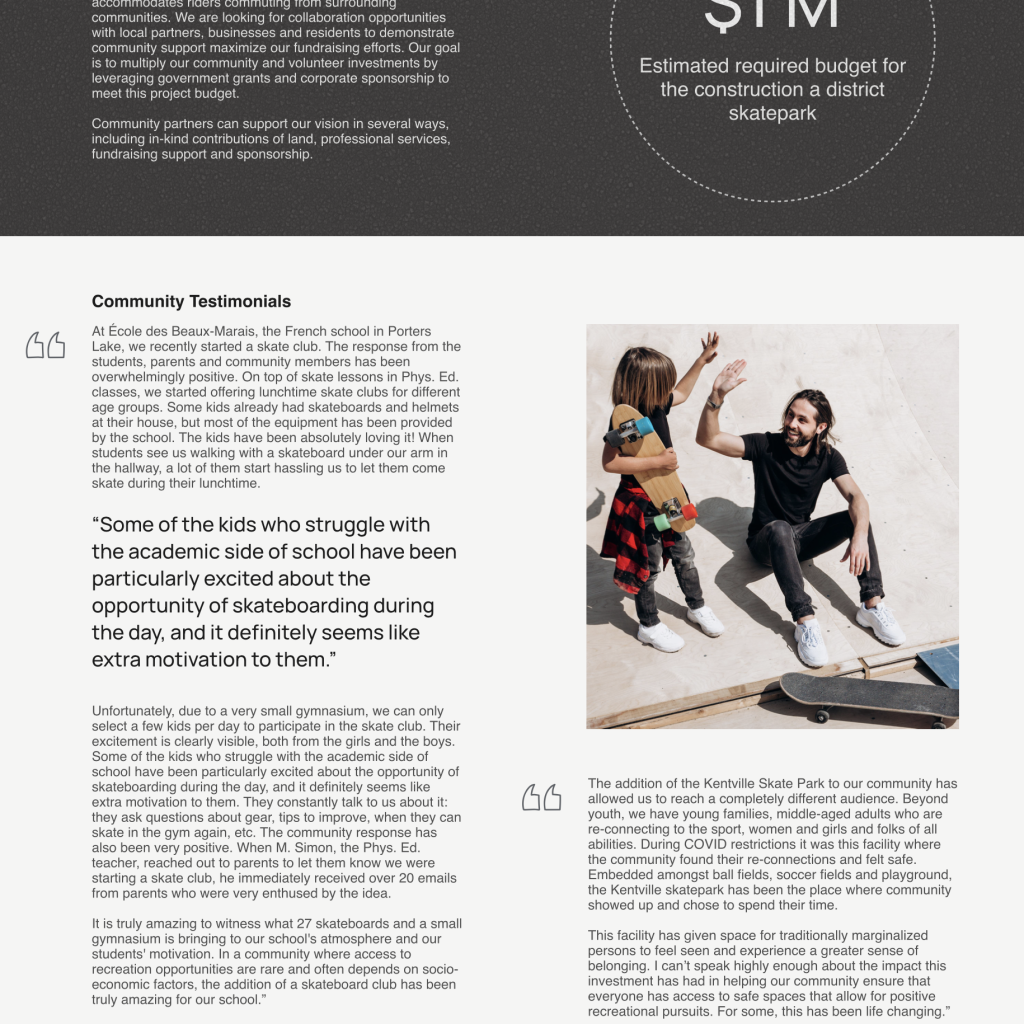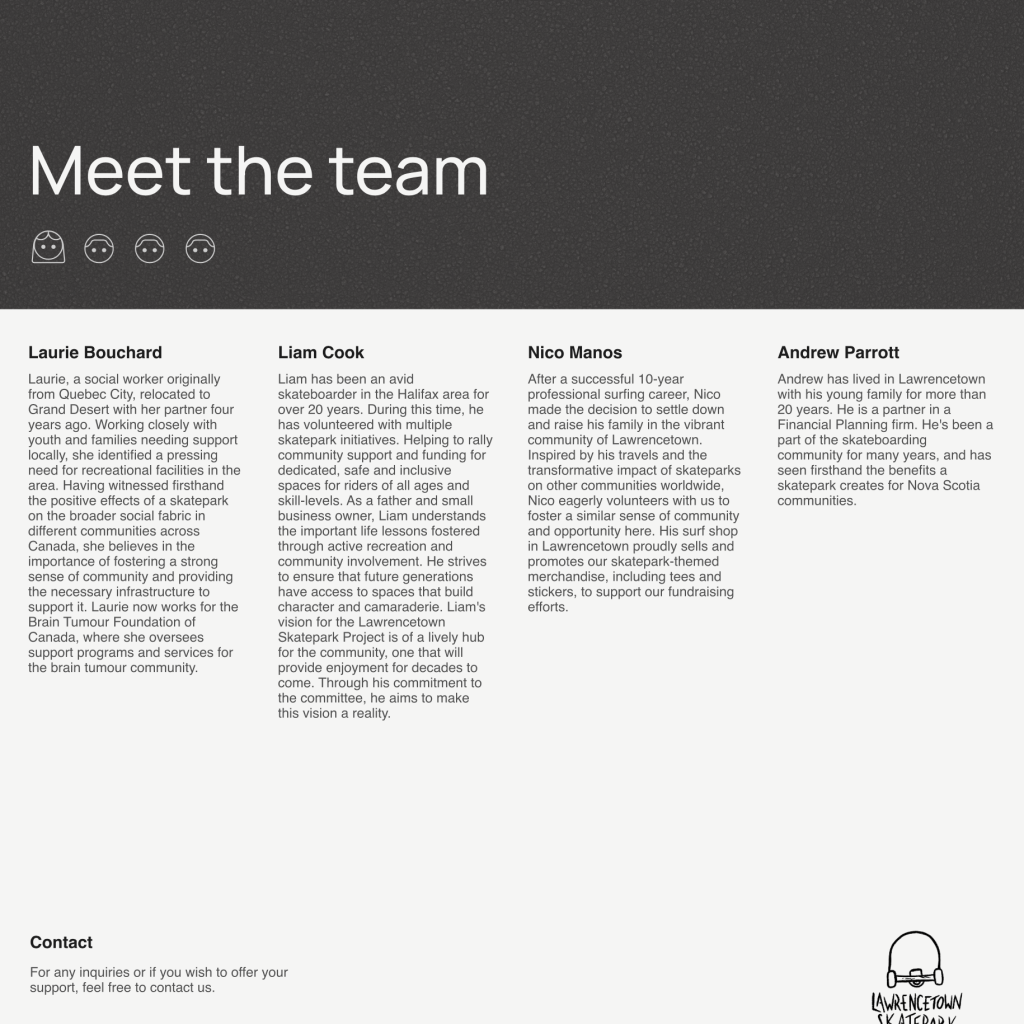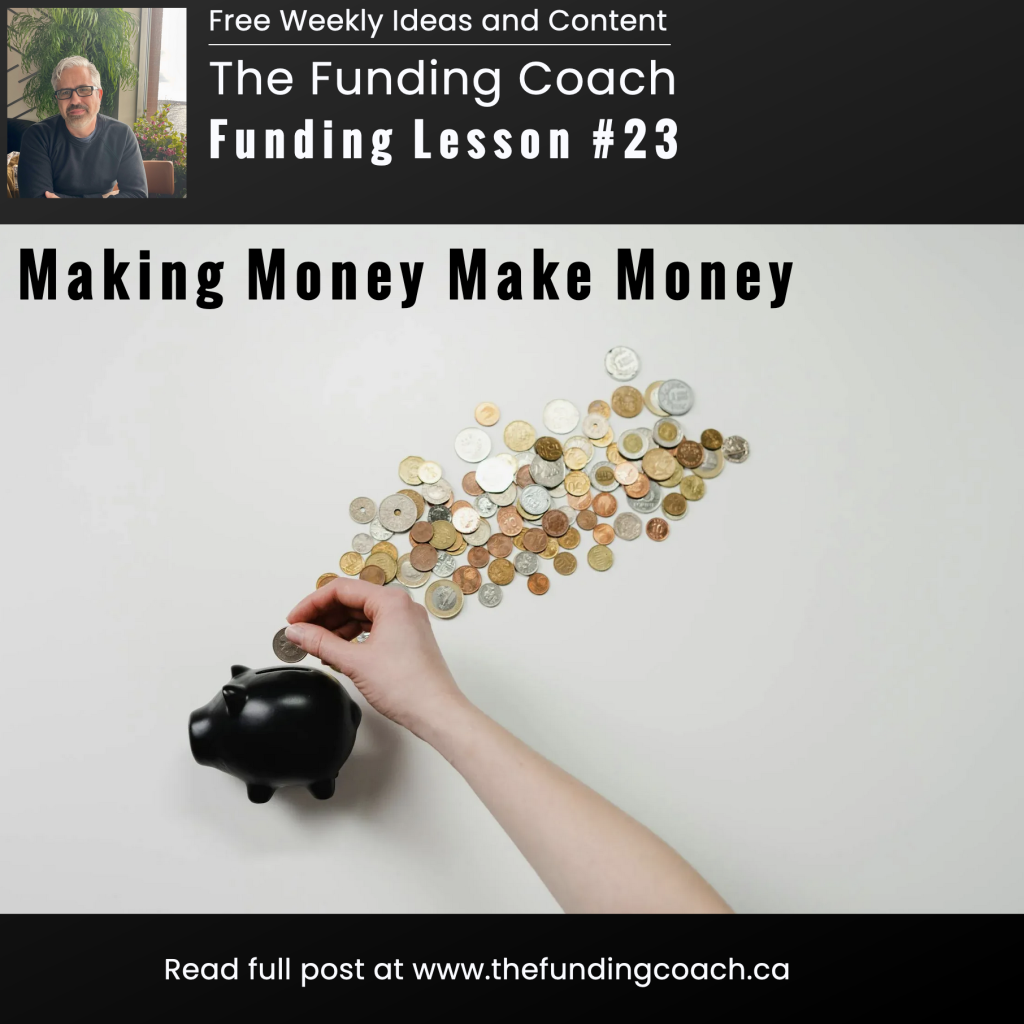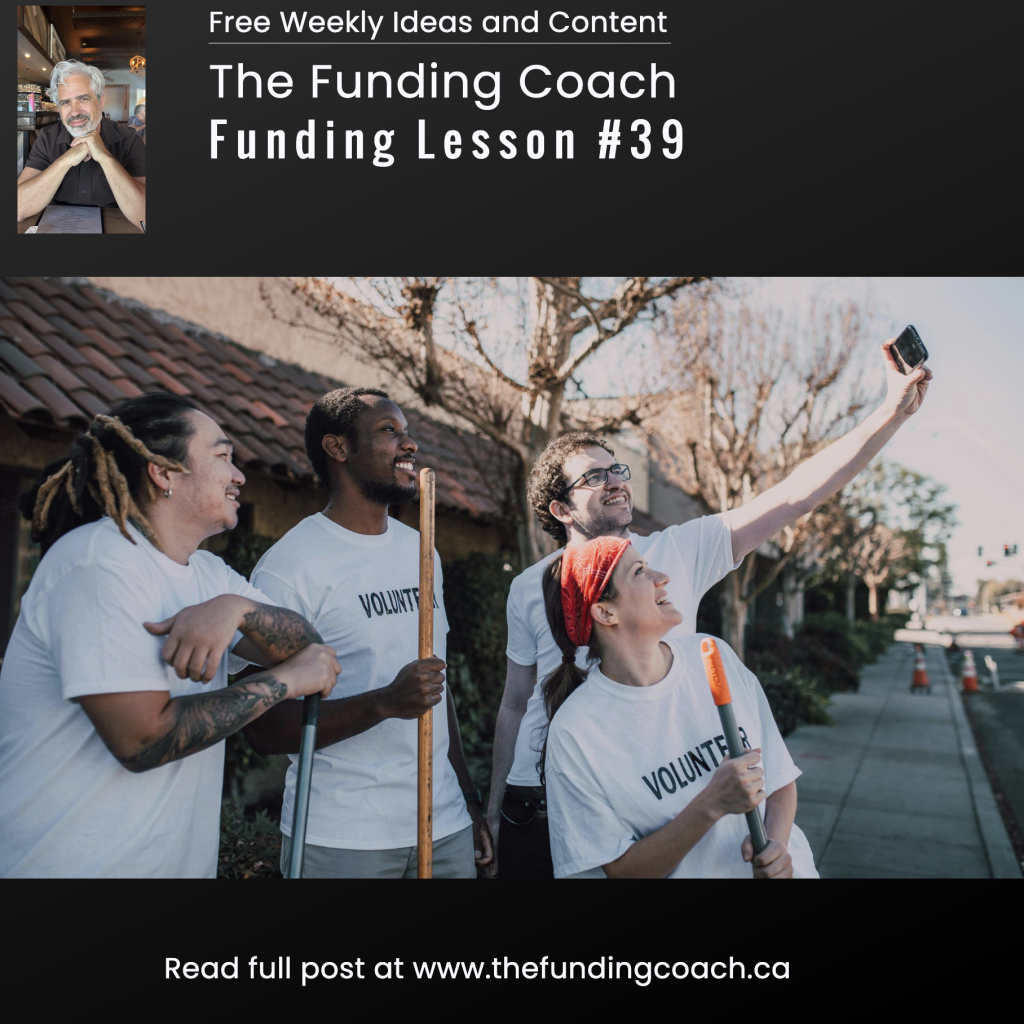
If you run a nonprofit, fundraising isn’t optional, it is in the job description. Raising money takes time, energy, and hustle. Let’s be honest: most of that hustle comes in the form of the dreaded ‘fundraiser.’
Car washes, auctions, bake sales, chocolate bars, work-a-thons, and more. The ideas are endless… and exhausting.
So here’s a one idea that most organizations miss: Give your fundraisers away. No, really.
Instead of running every event yourself, what if you encouraged others to do the heavy lifting for you? Imagine asking a business, community group, or even a group of passionate volunteers to organize a fundraiser on your behalf, and then simply hand you the proceeds.
Sounds dreamy, right? It’s also highly doable.
Many businesses already run charitable promotions, or events, so why not position your organization to be on their donation list? Imagine ten businesses, each hosting one event a year in your name. That’s ten fundraisers… without you planning a single one.
Help Them Help You
Get smart: don’t just ask, equip them. Give businesses and supporters a menu of fundraising ideas they can run on their own turf. Think:
-Casual Fridays with a donation jar
-Selling a special product with proceeds going to your cause
-Hosting a themed dance night or trivia night
-Placing a donation box at checkout
You can even encourage your existing supporters, volunteers, staff, and board members to take the idea into their workplaces, churches, book clubs, or community centers.
And the best part? You stay in control of your messaging. Provide flyers, posters, QR codes, and social media graphics. Make it easy for them to tell your story and drive traffic to your website or donation page.
Think Long-Term, Not One-Time
The real jackpot here is consistency. Once someone runs a successful fundraiser for you, ask if they’d consider making it an annual tradition. Becoming a “charity of choice” for a business or group means recurring income without you re-inventing the wheel each year.

